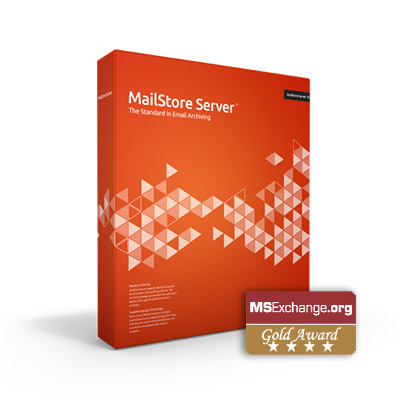Email Archiving Solution by MailStore
What is MailStore Email Archiving?
Email is one of the most important means of global communication. But while we face a constantly growing volume of emails, information sent by email is generally not stored anywhere else, but simply remains in the mailboxes of the users. In addition, companies around the world are facing a growing number of compliance requirements (e.g. HIPAA and FERPA in the United States or GoBD in Germany). Many managing directors of small and medium-sized companies ask themselves how they can meet these challenges with the help of email archiving and what exactly needs to be archived. But what does the term ‘email archiving’ actually mean and what advantages does it offer for you?
The challenge of email management
269 billion emails were sent and received each day worldwide in 2017. The figure is expected to increase. It’s no surprise then that communication via email is now preferred over other means of communication such as mail or fax. The smooth functioning of email data exchange has become indispensable to many companies. A wealth of information is sent across the globe every day. This includes invoices, contracts, and other business-related information. Every email user, such as an employee at a company, is responsible for the content and processing of data. Accordingly, email archiving can help to process and file emails systematically. Emails can be stored on a long-term basis using email archiving. Email archiving primarily serves the purposes of documentation and preventing data loss. In doing so, emails are stored securely, and their contents remain unchanged. Emails can also be restored if necessary, so that important content is not lost. An important principle to make a note of is that the primary purpose of archiving is for data to be retrieved and made available over a longer period of time. Email archiving should also be a significant component of an IT security strategy.
Email Archiving
A brief look back at the evolution of email archiving
While you are reading this article, both of our email inboxes are continuously filling up. This was not always the case. As time goes by, email volumes grow and email archiving evolves. In the early days of email, email archiving was all about trusting the users. Companies relied on their employees to manage their own individual email archives in their email clients. Later on, when IT departments started to introduce the concept of backup, they started backing up emails or even whole email servers, but searching for emails was not common – especially not for end users. In case you needed to restore a particular email, for example as evidence in court proceedings, it often took weeks to find it. IT staff needed to restore whole backups and search for this one particular email, a tedious process.
Nowadays, end users are able to search for a single email within seconds and restore it by themselves.
Email Archiving

Different types of email archiving
Six advantages of email archiving from which you can benefit
Email Archiving
Backing up is not the same as archiving
The Standard in Email Archiving: MailStore Server


